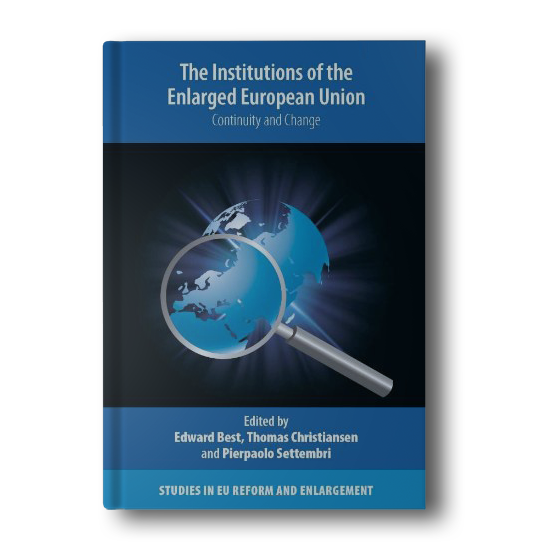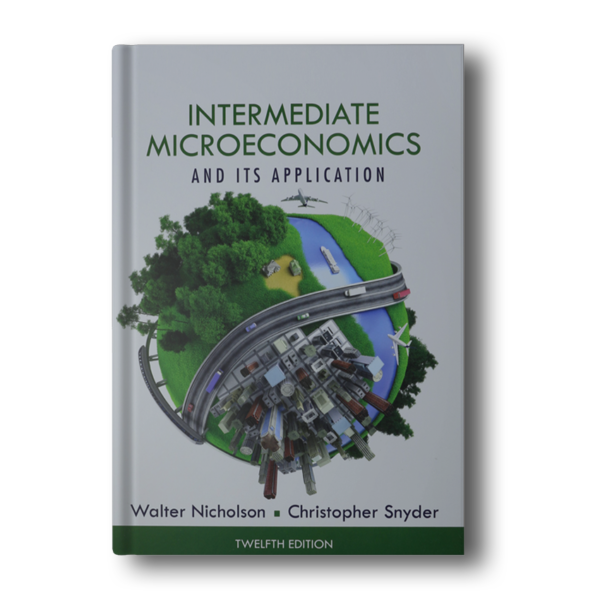This timely, comprehensive and authoritative study provides much food for thought for European policy makers, particularly in the current situation of uncertainty about the Lisbon Treaty. The authors’ basically upbeat findings – that, despite the arrival of twelve new member states in one big bang and one after shock, it has been pretty much business as usual for the EU’s institutions – will comfort both those who worried about the EU’s capacity to act in the absence of institutional reform and those who argued that such reform was unnecessary.
But the editors identify a number of emerging dynamics that will be of concern to all who care about the Union’s democratic future: increasing formalisation of meetings and procedures on the one hand, coupled with an increase in informal, pre-cooked deals on the other; increasing primacy of the administrative over the political; and a growing trend towards “presidentialisation” within the institutions, with continued efficiency requiring more emphasis on the “primus” than on the “pares”.
The editors conclude that, while the European Union’s institutional system continues to function and might even become more efficient, the price to be paid could further distance the Union from the citizens it seeks to serve.’
– Martin Westlake, Secretary General, European Economic and Social Committee, Brussels, Belgium
`This volume reports a thorough appraisal of how the EU institutions have fared since the 2004 enlargement.
In essence the answer is more of the same, with no evidence of gridlock. Business has been conducted in similar ways and at similar levels of output, helped by procedural adaptation. The new member states have slotted into the existing routines of the Union.’
– Helen Wallace, European Institute, London School of Economics and Political Science, UK
How have the main institutions and decision-making processes of the EU responded to the arrival of new member states? This book assesses the actual state of the EU institutions in the years after the 2004 enlargement, examining each of the main institutional actors as well as trends in legislative output, implementing measures and non-legislative approaches. The contributors outline the key changes as well as patterns of continuity in the institutional politics of the EU.
The analysis finds that breakdown has been avoided by a combination of assimilation of the new member states and adaptation of the system, without any fundamental transformation of the institutions. Nonetheless, they conclude that it is not just `business as usual’.
The streamlining and formalization of procedures, together with increased informal practices, has implications for transparency and accountability. Widening has not prevented deepening of European integration, but it has deepened normative concerns about the democratic legitimacy of that process which will remain very much on the agenda of the enlarged EU.
This nuanced approach to the complexities of studying institutional politics and change contains important new and original data. As such it will be invaluable for postgraduate and advanced undergraduate students of EU politics and administrative science, as well as researchers, practitioners and journalists working in the fields of European studies more widely.















Reviews
There are no reviews yet.